Grow Lettuce in Containers and unlock a world of fresh, vibrant salads right outside your door! Imagine stepping onto your balcony or into your backyard and harvesting crisp, delicious lettuce leaves whenever you crave them. No more trips to the grocery store for wilted, overpriced greens. This isn’t just a gardening project; it’s a lifestyle upgrade!
For centuries, container gardening has allowed people to cultivate food in limited spaces. From the hanging gardens of Babylon to the humble window boxes of European cities, the ability to nurture plants in pots has been a symbol of resourcefulness and connection to nature. Today, with urban living on the rise, the need for accessible gardening solutions is greater than ever.
Let’s face it, not everyone has a sprawling backyard suitable for a traditional garden. But that shouldn’t stop you from enjoying the taste of homegrown goodness. That’s where the magic of container gardening comes in. I’m going to show you how easy it is to grow lettuce in containers, even if you’re a complete beginner. This DIY guide will provide you with simple, step-by-step instructions, insider tips, and everything you need to know to create a thriving lettuce patch in a pot. Get ready to enjoy fresh, healthy salads all season long!
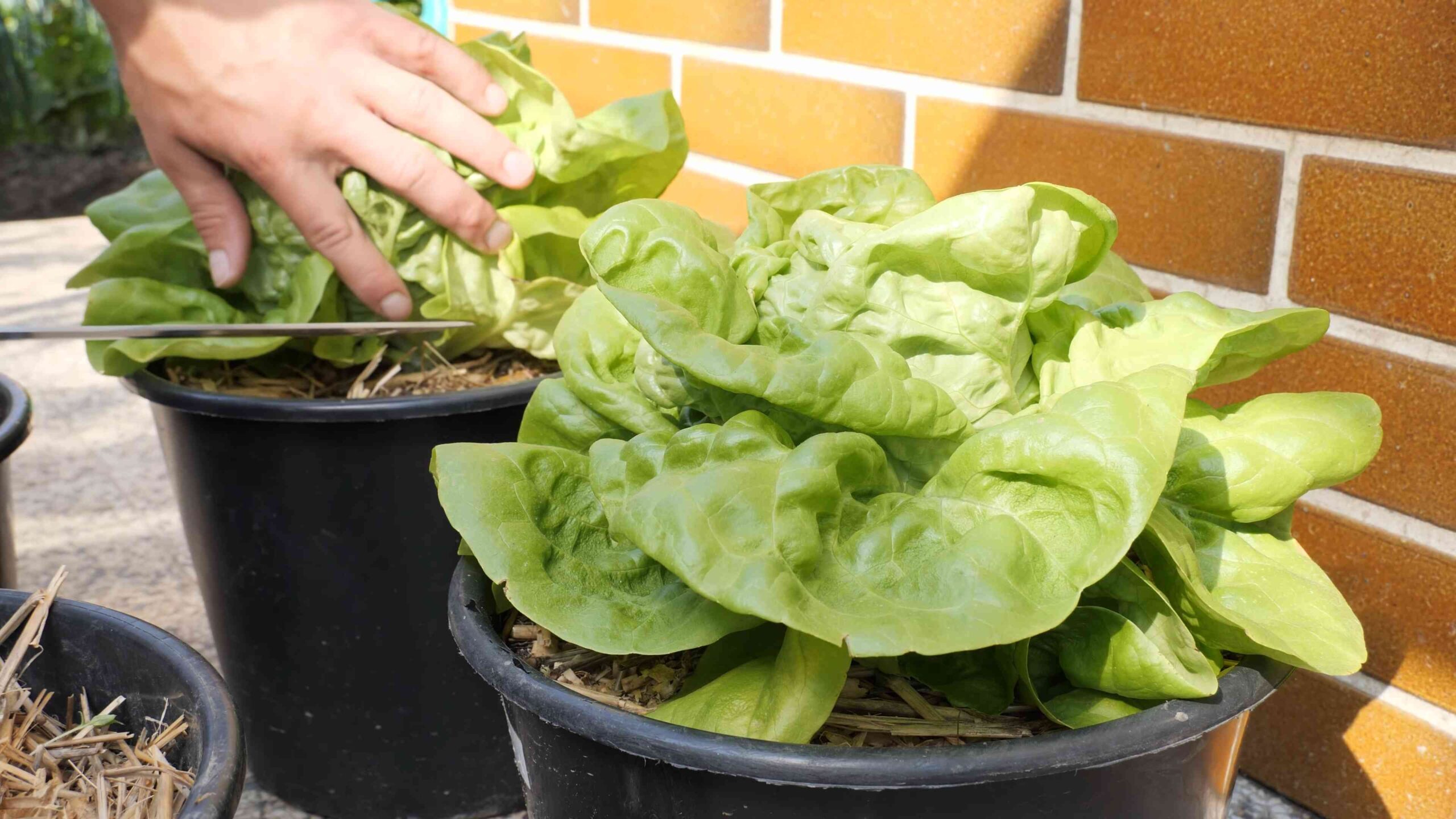
Grow Your Own Delicious Lettuce in Containers: A Beginner’s Guide
Hey there, fellow gardening enthusiasts! Are you dreaming of fresh, crisp lettuce right outside your door? Well, you’re in luck! Growing lettuce in containers is surprisingly easy, even if you don’t have a sprawling backyard. I’m going to walk you through everything you need to know to cultivate a thriving lettuce patch on your patio, balcony, or even a sunny windowsill. Let’s get started!
Choosing the Right Container and Soil
First things first, we need to set the stage for our leafy greens. The right container and soil are crucial for success.
* Container Size: Lettuce doesn’t have deep roots, so you don’t need a massive container. A pot that’s at least 6 inches deep and 6 inches wide is a good starting point for a single head of lettuce. For multiple plants, consider a larger container, like a window box or a wide planter. Remember, the more space you give your lettuce, the happier it will be!
* Drainage: This is super important! Lettuce hates soggy roots. Make sure your container has drainage holes at the bottom. If it doesn’t, you can drill some yourself. I usually add a layer of gravel or broken pottery at the bottom of the pot to improve drainage even further.
* Material: Plastic, terracotta, ceramic – the choice is yours! Each material has its pros and cons. Plastic is lightweight and retains moisture well, but terracotta is more breathable. I personally love using terracotta pots because they look beautiful and help prevent overwatering.
* Potting Mix: Don’t use garden soil! It’s too heavy and compacts easily, which can suffocate the roots. Instead, opt for a high-quality potting mix specifically designed for containers. Look for a mix that’s lightweight, well-draining, and contains ingredients like peat moss, perlite, or vermiculite. I often add some compost to my potting mix for an extra boost of nutrients.
Selecting Your Lettuce Varieties
Now for the fun part: choosing your lettuce! There are so many delicious varieties to choose from, each with its own unique flavor and texture.
* Loose-Leaf Lettuce: This is the easiest type to grow in containers. It doesn’t form a head, so you can harvest individual leaves as needed. Some popular varieties include Black Seeded Simpson, Salad Bowl, and Red Sails.
* Butterhead Lettuce: These lettuces have soft, buttery leaves and a slightly sweet flavor. Boston and Bibb are two well-known butterhead varieties.
* Romaine Lettuce: Romaine is known for its crisp, upright leaves and is a staple in Caesar salads. Paris Island Cos is a popular romaine variety.
* Crisphead Lettuce: This is the type you typically find in grocery stores, like iceberg lettuce. While it’s possible to grow crisphead lettuce in containers, it can be a bit more challenging.
* Consider a Mix: Why choose just one? Plant a mix of different lettuce varieties for a colorful and flavorful salad bowl right at your fingertips!
Planting Your Lettuce
Alright, let’s get our hands dirty! Planting lettuce is a breeze.
1. Prepare the Container: Fill your chosen container with the potting mix, leaving about an inch of space at the top. Gently pat down the soil.
2. Sowing Seeds: Lettuce seeds are tiny, so be careful not to sow them too densely. Sprinkle the seeds evenly over the surface of the soil.
3. Covering the Seeds: Lightly cover the seeds with a thin layer of potting mix (about 1/4 inch).
4. Watering: Gently water the soil using a watering can or a spray bottle. You want to moisten the soil without disturbing the seeds.
5. Location: Place the container in a location that receives at least 4-6 hours of sunlight per day. Lettuce prefers cooler temperatures, so avoid placing it in direct sunlight during the hottest part of the day.
Caring for Your Lettuce Plants
Once your lettuce is planted, it’s time to provide it with the care it needs to thrive.
* Watering: Keep the soil consistently moist, but not soggy. Water when the top inch of soil feels dry to the touch. Avoid overhead watering, as this can lead to fungal diseases. I prefer to water at the base of the plant.
* Fertilizing: Lettuce is a light feeder, so you don’t need to fertilize it heavily. You can use a balanced liquid fertilizer diluted to half strength every 2-3 weeks. Alternatively, you can amend the soil with compost or worm castings.
* Thinning: Once the seedlings emerge and have a few true leaves, thin them out to provide adequate spacing. This will prevent overcrowding and allow the remaining plants to grow larger. For loose-leaf lettuce, space the plants about 4 inches apart. For head lettuce, space them about 6-8 inches apart.
* Weeding: Keep the container free of weeds. Weeds compete with lettuce for nutrients and water.
* Pest Control: Lettuce is susceptible to a few common pests, such as aphids, slugs, and snails. Inspect your plants regularly and take action if you notice any pests. You can handpick pests, use insecticidal soap, or set up traps for slugs and snails. I’ve found that companion planting with herbs like basil and mint can help deter pests.
Harvesting Your Lettuce
The best part of growing your own lettuce is, of course, harvesting it!
* Loose-Leaf Lettuce: You can start harvesting loose-leaf lettuce as soon as the leaves are large enough to eat. Simply snip off the outer leaves with scissors, leaving the inner leaves to continue growing. This is called the “cut-and-come-again” method.
* Butterhead and Romaine Lettuce: Harvest these lettuces when the heads are firm and well-formed. Cut the head at the base of the plant with a sharp knife.
* Crisphead Lettuce: Harvest crisphead lettuce when the heads are firm and dense.
Troubleshooting Common Problems
Even with the best care, you might encounter a few challenges along the way. Here are some common problems and how to address them:
* Bolting: Bolting occurs when lettuce plants start to produce a flower stalk. This is usually triggered by hot weather. Bolted lettuce becomes bitter and unpalatable. To prevent bolting, plant lettuce in a location that receives afternoon shade, and water regularly to keep the soil cool. Choose bolt-resistant varieties.
* Yellowing Leaves: Yellowing leaves can be caused by several factors, including overwatering, underwatering, nutrient deficiencies, or pests. Check the soil moisture and adjust your watering accordingly. Fertilize the plants if necessary. Inspect the plants for pests and take action if you find any.
* Slugs and Snails: These slimy creatures can wreak havoc on lettuce plants. Set up traps, such as beer traps, or use slug and snail bait. You can also handpick them off the plants at night.
* Aphids: Aphids are tiny, sap-sucking insects that can weaken lettuce plants. Spray the plants with insecticidal soap or neem oil. You can also introduce beneficial insects, such as ladybugs, to control aphids.
Extending Your Lettuce Season
Want to enjoy fresh lettuce for as long as possible? Here are a few tips for extending your lettuce season:
* Succession Planting: Sow new seeds every 2-3 weeks to ensure a continuous harvest.
* Planting in Shady Areas: Plant lettuce in shady areas during the hottest part of the summer to prevent bolting.
* Using Row Covers: Row covers can protect lettuce plants from frost and extend the growing season in the spring and fall.
* Growing Indoors: You can grow lettuce indoors year-round under grow lights.
Enjoying Your Homegrown Lettuce
Congratulations! You’ve successfully grown your own lettuce in containers. Now it’s time to enjoy the fruits (or rather, leaves) of your labor.
* Wash the Lettuce: Before eating, wash the lettuce thoroughly to remove any dirt or debris.
* Store the Lettuce: Store the lettuce in a plastic bag in the refrigerator. It will stay fresh for several days.
* Get Creative with Your Salads: Use your homegrown lettuce to create delicious and healthy salads. Add your favorite toppings, such as tomatoes, cucumbers, carrots, and croutons.
* Share with Friends and Family: Share your bounty with friends and family. They’ll be impressed by your gardening skills!
Growing lettuce in containers is a rewarding experience that allows you to enjoy fresh, healthy greens right at home. With a little bit of care and attention, you can have a thriving lettuce patch on your patio, balcony, or windowsill. Happy gardening!
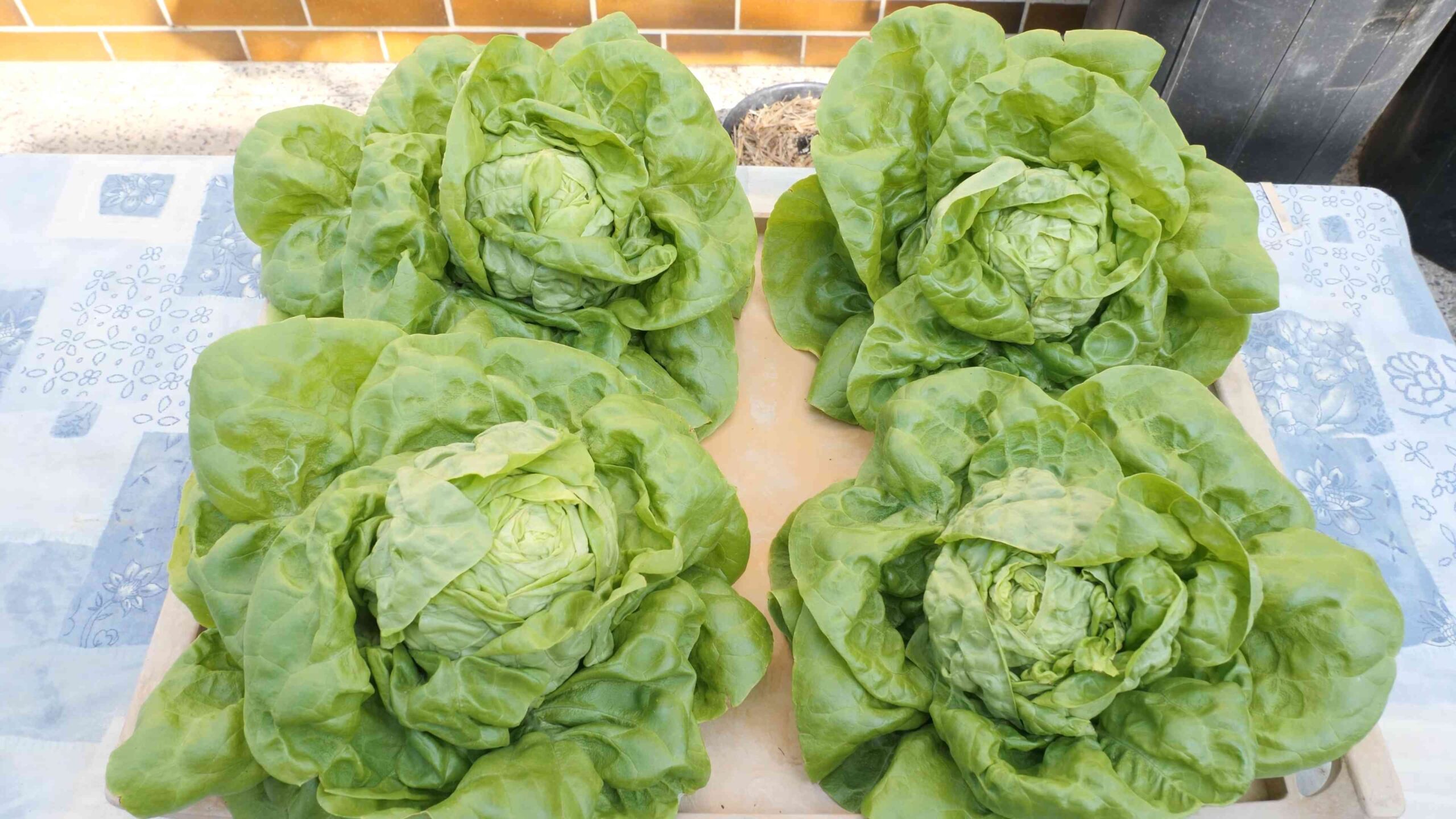
Conclusion
So, there you have it! Growing lettuce in containers is not only achievable, but it’s also incredibly rewarding. From the crisp, fresh taste of homegrown greens to the sheer convenience of having a salad bar right outside your door, the benefits are undeniable. This DIY trick transforms even the smallest spaces into productive gardens, offering a sustainable and delicious way to enjoy fresh produce.
Why is this a must-try? Because it democratizes gardening. You don’t need acres of land or years of experience to cultivate a thriving lettuce patch. Container gardening puts the power of fresh food production directly into your hands, regardless of your living situation. Imagine stepping outside and snipping off exactly the amount of lettuce you need for a sandwich or salad, knowing exactly where it came from and what went into growing it. That’s the magic of growing lettuce in containers.
Beyond the basic method, there’s a whole world of variations to explore. Try experimenting with different lettuce varieties. Romaine, butterhead, loose-leaf – each offers a unique flavor and texture profile. Consider companion planting. Marigolds can deter pests, while herbs like basil can enhance the flavor of your lettuce. You can also play with different container types. Hanging baskets, repurposed buckets, even old tires can be transformed into stylish and functional lettuce gardens. Vertical planters are excellent for maximizing space on balconies or patios.
Don’t be afraid to get creative with your soil mix. While a standard potting mix works well, you can amend it with compost or worm castings for added nutrients. Adding perlite or vermiculite will improve drainage and aeration, preventing your lettuce from becoming waterlogged. Remember to adjust your watering schedule based on the weather and the type of container you’re using.
The key to success with this DIY trick is observation. Pay attention to your lettuce plants. Are the leaves turning yellow? Are there any signs of pests or diseases? The sooner you identify a problem, the easier it will be to solve. And don’t be discouraged if your first attempt isn’t perfect. Gardening is a learning process, and every mistake is an opportunity to improve.
We wholeheartedly encourage you to try growing lettuce in containers. It’s a simple, satisfying, and sustainable way to enjoy fresh, healthy food. Once you experience the joy of harvesting your own lettuce, you’ll be hooked!
And most importantly, we want to hear about your experience! Share your photos, tips, and challenges in the comments below. Let’s build a community of container lettuce growers and learn from each other. What varieties did you try? What containers did you use? What challenges did you face, and how did you overcome them? Your insights can help others succeed and inspire them to embark on their own container gardening journey. Let’s spread the word about the joys and benefits of growing your own food, one container of lettuce at a time. This simple DIY trick can truly transform your relationship with food and connect you to the natural world in a meaningful way.
Frequently Asked Questions (FAQ)
What are the best lettuce varieties to grow in containers?
The best lettuce varieties for container gardening are generally those that are compact and quick-growing. Loose-leaf varieties like Black Seeded Simpson, Salad Bowl, and Red Sails are excellent choices because you can harvest individual leaves as needed, extending the harvest period. Butterhead varieties like Buttercrunch and Tom Thumb are also well-suited for containers due to their smaller size. Romaine lettuce can be grown in containers as well, but it may require a slightly larger container to accommodate its upright growth habit. Experiment with different varieties to find your favorites!
What size container do I need for growing lettuce?
The ideal container size depends on the lettuce variety you’re growing. For loose-leaf and butterhead varieties, a container that is at least 6 inches deep and 6 inches wide is generally sufficient. For romaine lettuce, a container that is at least 8 inches deep and 8 inches wide is recommended. You can also grow multiple lettuce plants in a larger container, spacing them about 4-6 inches apart. Ensure the container has drainage holes to prevent waterlogging.
What type of soil should I use for growing lettuce in containers?
Use a high-quality potting mix that is well-draining and rich in organic matter. Avoid using garden soil, as it can become compacted in containers and hinder drainage. You can amend your potting mix with compost or worm castings to provide additional nutrients. Adding perlite or vermiculite will improve drainage and aeration. A slightly acidic to neutral pH (around 6.0 to 7.0) is ideal for lettuce.
How often should I water my container lettuce?
Lettuce needs consistent moisture to thrive. Water your container lettuce whenever the top inch of soil feels dry to the touch. Water deeply, ensuring that the water drains out of the drainage holes. Avoid overwatering, as this can lead to root rot. The frequency of watering will depend on the weather, the type of container you’re using, and the lettuce variety. Check your plants daily, especially during hot or dry weather.
Where should I place my container lettuce?
Lettuce needs at least 4-6 hours of sunlight per day. Choose a location that receives morning sun and afternoon shade, especially in hot climates. Too much direct sunlight can cause the leaves to wilt or burn. If you don’t have a sunny spot, you can supplement with grow lights. Rotate your containers regularly to ensure that all sides of the plants receive adequate sunlight.
How do I fertilize my container lettuce?
Lettuce is a relatively light feeder, but it will benefit from regular fertilization. Use a balanced liquid fertilizer diluted to half strength every 2-3 weeks. You can also use a slow-release fertilizer at planting time. Avoid over-fertilizing, as this can cause the leaves to become bitter. Organic fertilizers like compost tea or fish emulsion are also excellent choices.
How do I harvest my container lettuce?
You can begin harvesting lettuce leaves as soon as they are large enough to eat. For loose-leaf varieties, simply snip off the outer leaves as needed, leaving the inner leaves to continue growing. For butterhead and romaine varieties, you can harvest the entire head when it is mature. Cut the head at the base of the plant, leaving about an inch of stem.
What are some common pests and diseases that affect container lettuce?
Common pests that affect container lettuce include aphids, slugs, and snails. Aphids can be controlled with insecticidal soap or a strong spray of water. Slugs and snails can be handpicked or trapped with beer traps. Diseases that can affect container lettuce include downy mildew and powdery mildew. Prevent these diseases by providing good air circulation and avoiding overwatering. If you notice signs of disease, remove the affected leaves and treat with a fungicide.
Can I grow lettuce in containers during the winter?
Yes, you can grow lettuce in containers during the winter, especially in mild climates. In colder climates, you can protect your lettuce plants by moving them indoors or covering them with a cold frame or row cover. Choose cold-hardy lettuce varieties like Winter Density or Arctic King. Provide adequate sunlight and water, and avoid exposing your plants to freezing temperatures.
How can I prevent my lettuce from bolting (going to seed)?
Bolting is a common problem with lettuce, especially during hot weather. To prevent bolting, choose bolt-resistant lettuce varieties, provide shade during the hottest part of the day, and water regularly. You can also harvest your lettuce frequently to encourage continued leaf production. If your lettuce does bolt, the leaves will become bitter and tough.


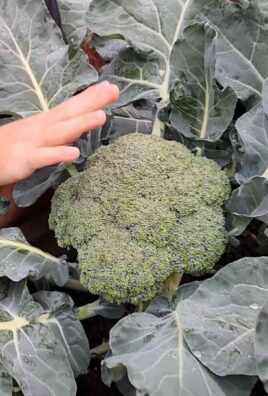
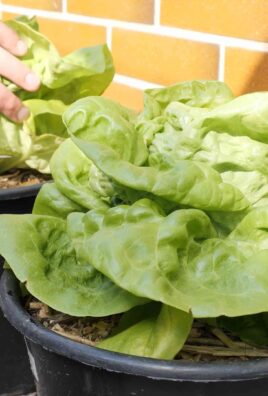
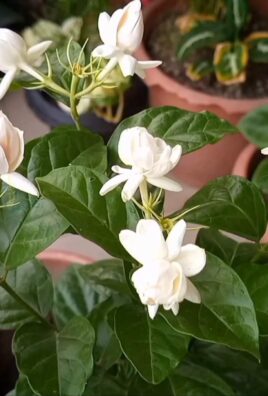
Leave a Comment